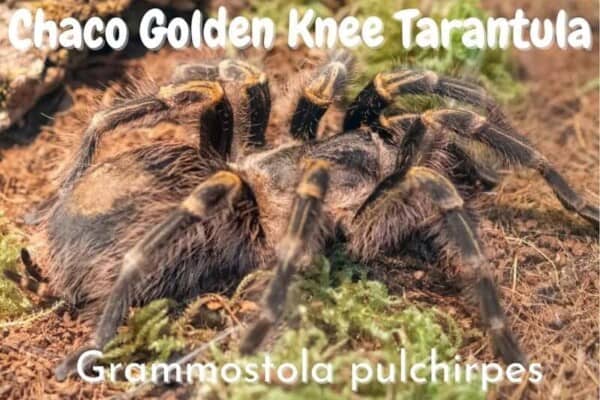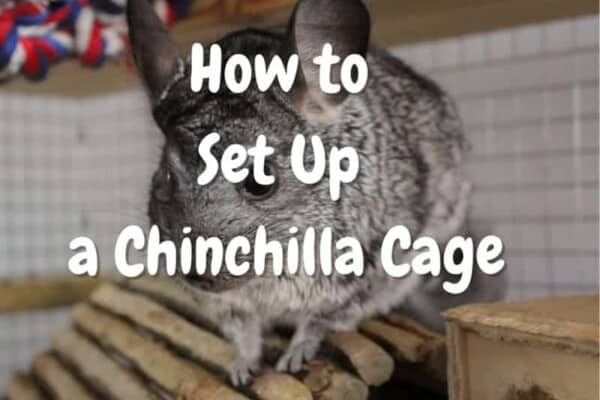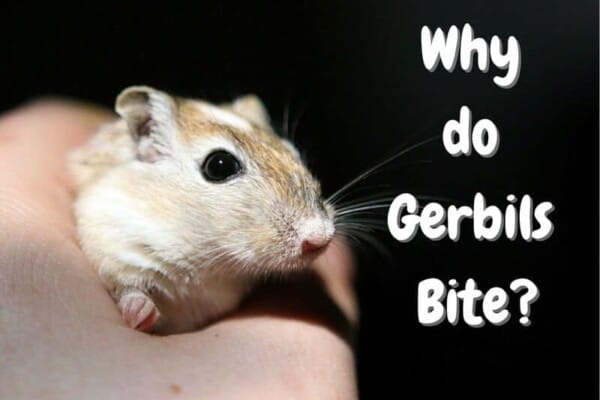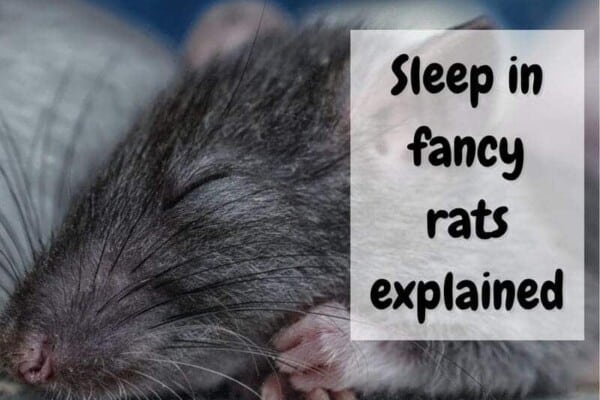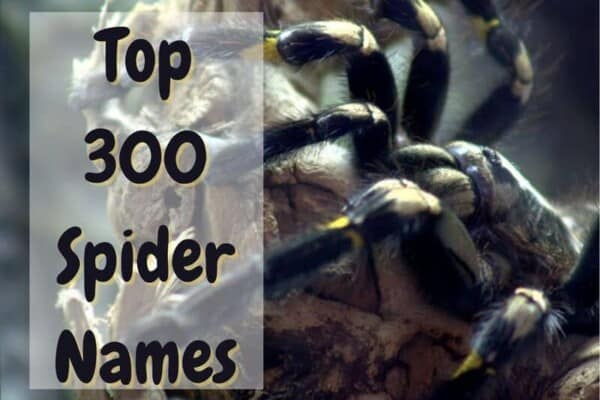Next to mice and rats, hamsters are about as affordable a pet as you can expect. But how much is a hamster and how much does it cost to keep hamsters during their lifetime? In this article, we will break down the different costs associated with hamster ownership when it comes to materials and supplies. By the end of this guide, you will know what you need to pay per week, month and year to keep your hamster happy and healthy.
How Much Does a Hamster Cost?
A few factors may determine the price you will have to pay for a hamster. Here we have listed the main factors and how prices differ depending on the popularity, availability, and where you are buying your critter from. But if you want a straightforward answer, you will find an overall price range below.
Typically, a hamster will cost between $5 and $15 USD to buy from a pet shop or breeder. Hamsters with rare colors will cost between $10 and $25 USD, while special colors such as mottled or freckled hamsters can cost up to $40 USD. Depending on your preference, you can find various breeds that have unique qualities that make them friendlier and more attractive.
| Standard mixed colors | $5-15 USD | Bi-color and tri-color |
| Mutation colors | $10-25 USD | Dark stripe down back with varied colors |
| Special select colors | $20-40 USD | Mottled or Freckled |
A Syrian hamster is the easiest to care for and will be better for smaller kids. They like playing and will be a very good pet if they are used to being handled from a very early age. By nature, two Syrians sharing the same cage will fight with each other, so it’s best to cage Syrian hamsters separately.
Among those that are not on the Syrian hamster list, are usually the more active breeds. These include the Russian Dwarf hamster, Winter White Dwarf, Campbell’s Russian Dwarf, the Chinese hamster, and the Rodorovski hamster. All of these breeds are about the same price and will be fine to keep as a first hamster, even though they are not as tame as the Syrian breed.
Show quality hamsters
Most professional hamster breeders take a very serious approach to hamster exhibitions. There are many Hamster appreciation societies and clubs that contribute to these expositions as a result. These are where you will find the top breeders showcasing their latest breeds and mixes.
Some of the most recent breeds are an exotic form of long-haired hamsters that are mainly cream to white colors. These specially bred hamsters can fetch upwards of hundreds of dollars for a baby if they have offspring. Yet somehow these would not make ideal pets for most owners since they are such high maintenance.
Associated costs of owning a hamster

Cost is always a factor when buying any kind of pet supplies. When it comes to hamster supplies, the cost is going to vary depending on the store.
Items such as cages, toys, and accessories could cost double the price of what you would pay online, so it’s best to shop around. Complete package deals are a good idea but keep in mind that you can’t always choose what items would be customized.
Hamster Accessories cost breakdown
| Items | Price | Notes |
|---|---|---|
| Cage | $50-350 USD | Depending on size and quality |
| Hiding House / Nesting box | $20-30 USD | Made from wood rather than plastic |
| Bedding shavings | $20 | 20 Liter bag made from edible aspen shavings |
| Bed or nesting nook | $20-30 USD | Must be made from fleece |
| Various toys | $10-20 USD | Chew toys made from edible woods |
| Hay | $20-30 USD | Per 6-8Lb bag- enough for 1 year |
| Pellets | $25-30 USD | Per 10Lb bag- enough for 2 or 3 months |
| Mixed seed packs | $25-30 USD | Pro mix healthy diet, no additives |
| Grooming supplies | $15-20 USD | Per kit |
| Dust bath powder | $20 | per 2Lb pack |
Hamster-associated cost – Initial, weekly, monthly and yearly overview
| Regularity | Price | Notes |
|---|---|---|
| Initial start-up costs | $200-350 USD | Housing / Accessories |
| $50-70 USD | Food and snacks for the first 3 months | |
| Weekly | $2-3 per week | hay, pellets, and veggies |
| Monthly | $10 per month | for food – monthly ongoing cost |
| Yearly | $120 (or more) | for food – yearly ongoing cost |
What are some hamster health expenses?
Hamsters are pretty inexpensive to buy and to own, yet in case of accidents or diseases, the cost of care will be many times that of your critter. That is because hamsters are such tiny pets and need special treatment and surgery, should anything happen to them.
| Treatments | Price | Notes |
|---|---|---|
| Vet costs per year | $25-35 | annual visit (advised yet not compulsory) |
| Neutering/spaying | $75-$350 | depending on the vet you choose |
| Various treatments | $100 and up | for emergency visits |
Other factors that will influence the price of a hamster

1. Buying a hamster from a private breeder
When talking to a private breeder, you will find that the cost of hamsters will increase. It won’t be very much since hamsters are not so rare or difficult animals to breed. But what you pay for is a quality pet that is bred by seasoned professionals.
Hamsters from private breeders will cost on average about $20 to $30 for a healthier version. They are bred ethically and tend to be tamer and friendlier because they are used to human handling.
You can’t buy babies that are younger than 4 weeks and will find that the best age is around 7 weeks. As long as they have been handled since a young age, they will be less prone to nip or bite you.
2. Hamster prices will vary from one country to the other
The prices for hamsters don’t change much if you compare the price between countries. For example, the average cost in Canada is $12 to $20 CAD which is $9 to $15 USD so nearly the same as US prices. In the UK the cost is 5-15 GBP which is $7 to $20 – about the same as in the US as well.
It wouldn’t make much sense to import these hamsters since you will find the same breeds in each country. If you do decide to buy a hamster while on vacation in these two countries, you might have to pay extra fees to import them.
Should I buy several hamsters or is one enough?
You only need a single Syrian or Chinese hamster in their cage to keep them happy with all of their accessories. Other hamster breeds fare better with partners in their cages. If not, they may become erratic and stressed.
Smaller dwarf breeds are incredibly social and enjoy the company of a group to feel safe. The general rule is two but they won’t mind if there are more as long as your cage is big enough. You will find they like communal living more than anything else.
How do hamster prices compare to other exotic pets?
You might be wondering how hamsters compare to other small pets in terms of cost and care. In a nutshell, hamsters are one of your best bets if you are on a strapped budget. Let’s compare them to three popular small pets: rabbits, chinchillas, and guinea pigs.
Cost of Hamster VS Rabbit
A rabbit is going to cost around $20 to $40 per rabbit and is twice as expensive as a high-end costing hamster. Not only that, rabbits need larger cages or hutches and the size of rabbits reflects how much they eat.
Rabbits are great fluffy pets but can also be very fussy and they don’t really qualify as pocket pets – some rabbits can even reach the size of a cat despite being called “dwarf rabbits”.
Cost of Hamster VS Chinchilla
Chinchillas cost $40- 80 dollars and also make a hamster price tag look like pocket change. The chinchilla is a very skittish animal that will be harder to train over owning a hamster. They also need frequent dust baths and follow a very strict diet. Yet many argue that chinchillas are very cuddly and cute. A hamster will not be nearly as much trouble to take care of compared to a chinchilla overall.
Cost of Hamster VS Guinea Pig
Now you have a little animal that is finally a fine contender for a hamster to run against. The cost of a guinea pig is only $10 to $40 per critter – only a $10-15 difference in cost compared to hamsters. They both have gentle natures and are great family pets.
Guinea Pigs are nervous critters but then again, your hamster will be very nervous at times too. Since guinea pigs are social, they like having a buddy or two in the same cage.
What are the steps to buying a hamster?
If you or your children are decided to care for a hamster or two, there are a few practical steps you definitely want to take to make sure you are getting a healthy pet. So be sure to check out these 3 things:
- Skin problems and bumblefoot: Hamsters are going to suffer from bumblefoot if their bedding is not absorbent enough. Breeders have to change their aspen bedding material each week so they don’t step in their urine as it might soak or pool in some areas. When they walk on the wire cage floor, their foot can get infected or split because of the rough edges of the cage. It can be treated but needs creams and a continually clean cage to prevent this.
- Signs of shedding: If a hamster is not getting enough vitamins and minerals in its diet, its fur could start looking dull and lackluster. Their fur can also start to fall out if they aren’t getting any of the nutrients they need. But if they are losing fur at certain times of the year, it can be natural shedding that occurs. If you see that they have bald spots, it could be a sign of something that is making them itch. It’s always best to pick a hamster that does not have these types of shedding issues.
- Overly nervous or shaking: A hamster will often stop in its tracks and start shaking for no reason. This is normal if you just changed its cage to a bigger size cage or have taken them to the vet. But if they are nervous for no reason, something is causing them added stress, like something they feel is an immediate threat. If you see them shaking and acting nervous, you might need to find a better pet store.
Contents





